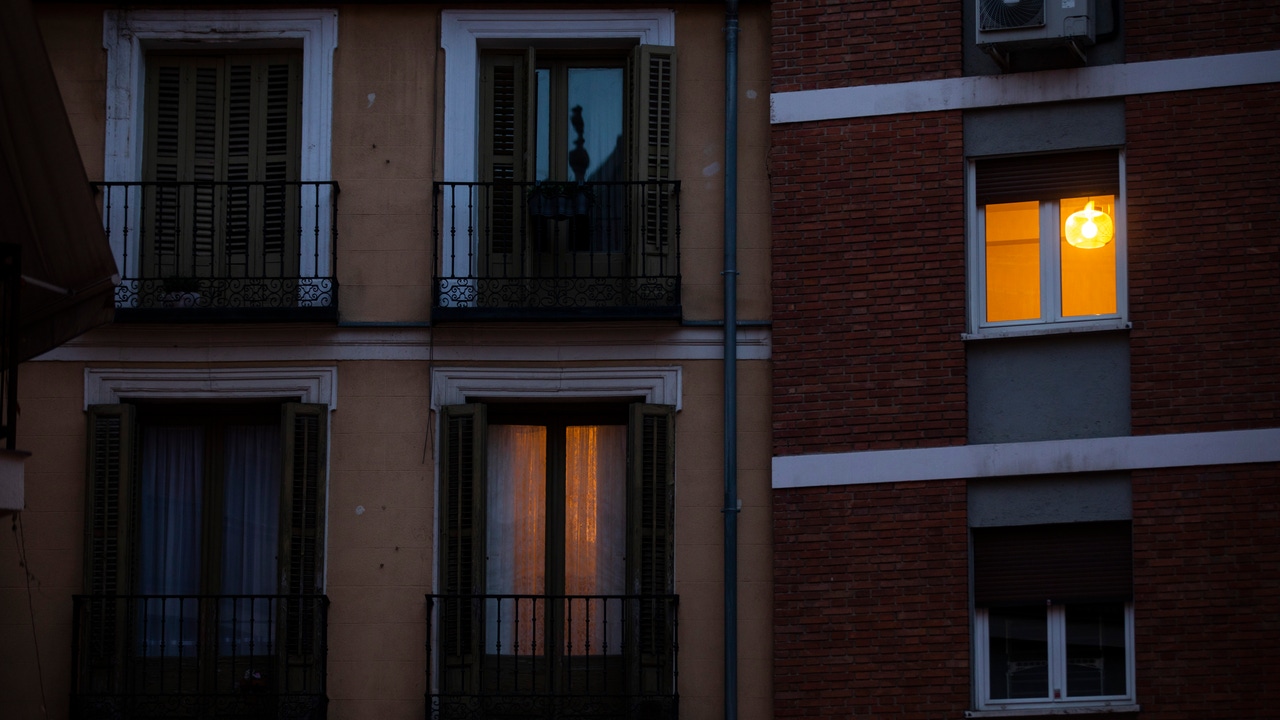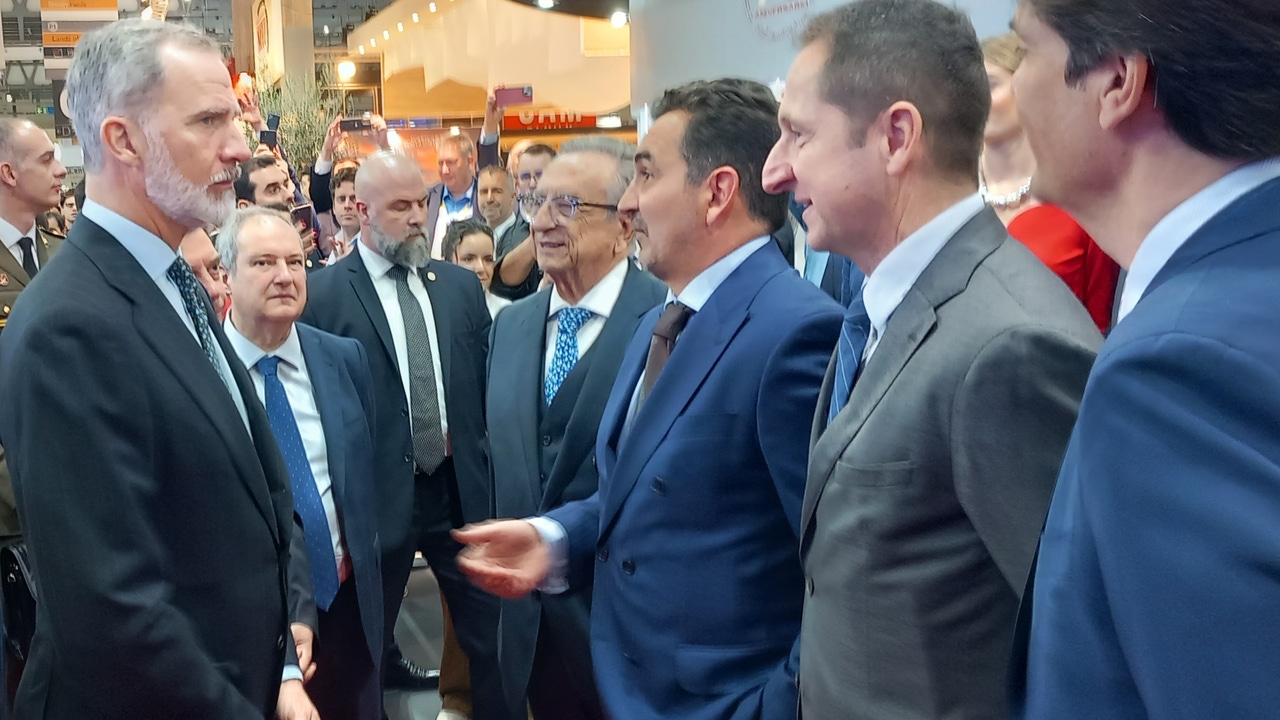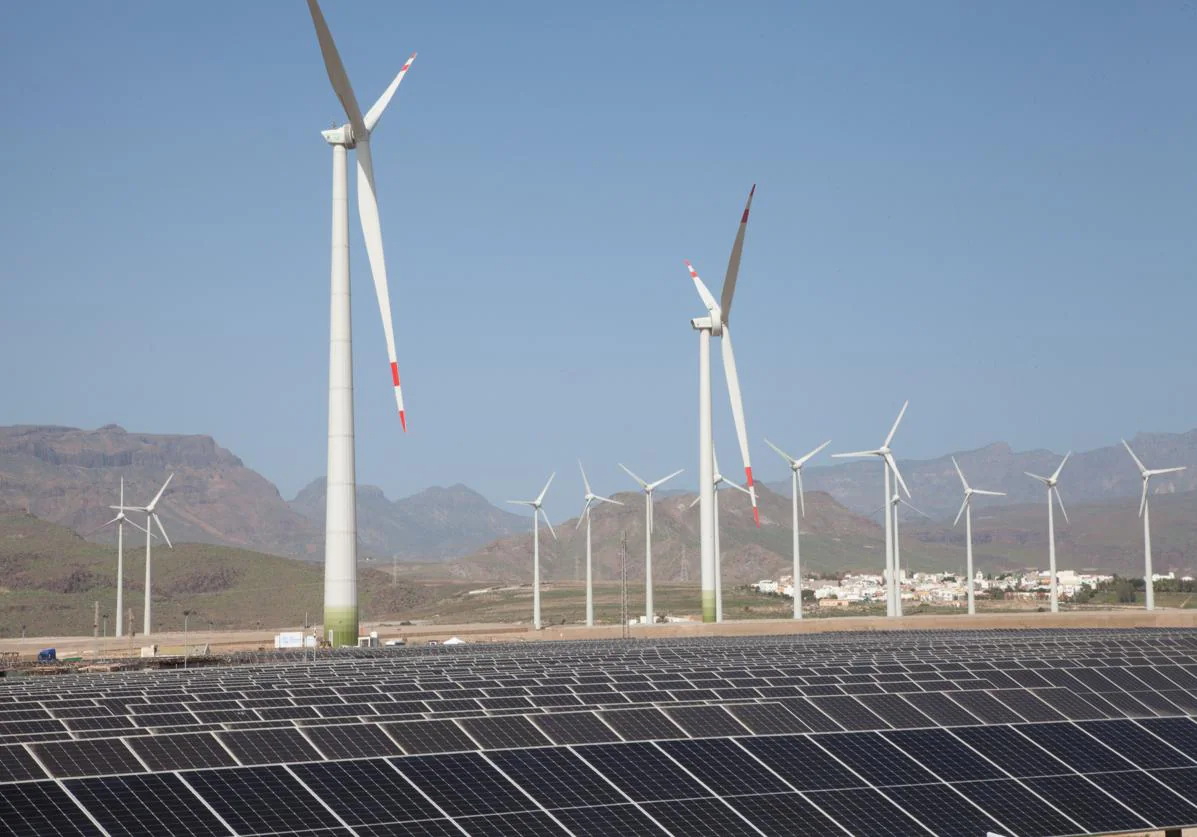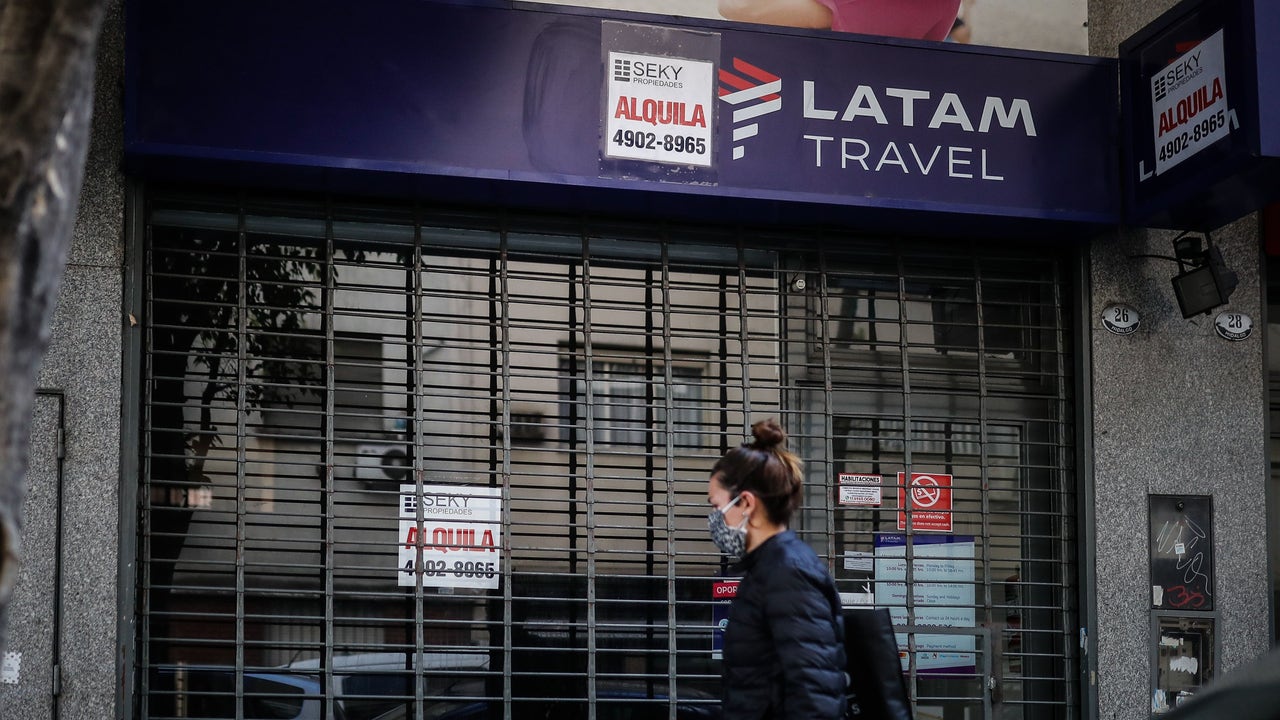The Euribor rebounded to 1.2% in August, its highest level in a decade
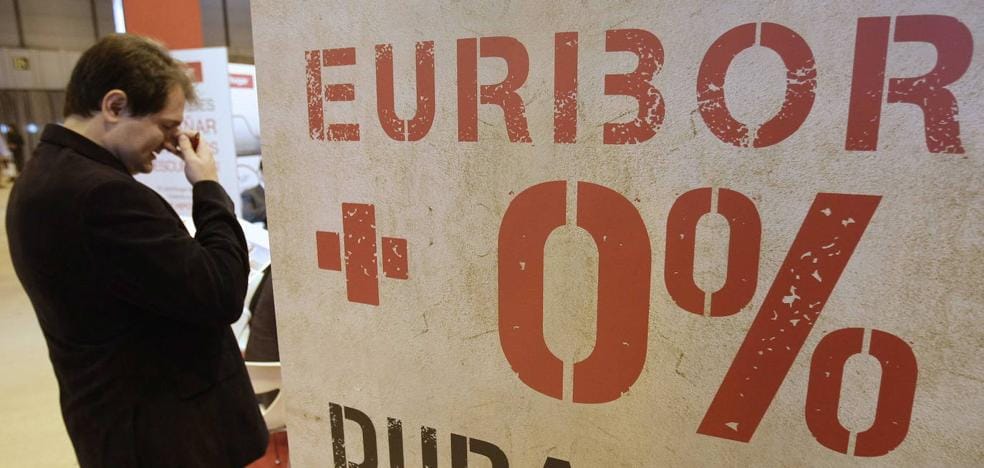
The rise in the indicator will mean an additional average cost of 1,500 euros per year for those who review their mortgages with this month's data
The Euribor figure has once again crept into the lives of Spanish households with a rise that has led it to close August at 1.2%, breaking all records. On the one hand, it is the highest reference for this interbank indicator precisely since the summer of 2011, now 11 years ago. On the other hand, not only has it turned around but the change experienced this year has led it to go from -0.5% at the beginning of January to the current 1.2%.
Throughout the month of August, the evolution of the Euribor has been upward. In fact, it closed the month this Wednesday at a rate higher than 1.77%, so the prospects for September are not at all rosy, starting from that reference to which households were not accustomed in the last decade.
With these data on the table, the mortgaged households that have to review their loan with the August reference can now do their accounts. And they do not yield positive results for their pockets. A variable mortgage of 180,000 euros at 25 years with a spread of 1% and annual review will go from paying a fee of 639 euros to paying 785 euros, this is 146 euros more each month, which is equivalent to an extra payment of more than 1,700 euros year.
Already last April, and for the first time since February 2016, the most used indicator to calculate the installments of housing loans closed a month above 0%. Of course, they were just a few hundredths because the index ended at 0.013%.
This incipient data revealed a new economic and financial reality that has become evident since then. So, I was already anticipating the decision that the European Central Bank (ECB) would make on raising interest rates. Although he had to wait until last July to verify this measure, which led him to increase the official price of money from 0% where it was in 2014 to 0.25%.
In fact, the governing council is convened next week, on the 8th, to assess a new rate hike. It is not ruled out that it reaches 0.5 points and even 0.75 additional points with respect to the current 0.25 points. In the objective of the institution chaired by Christine Lagarde is the soaring European inflation, which in August registered a rise of 9%. The ECB's objective is to keep prices at bay at around 2%.
For this reason, the ECB, as the US Federal Reserve (FED) has already done, has chosen to increase interest rates, in order to slow down the economy significantly by having to allocate more money to loans by families and companies. In the case of the US, the rates are 2.25%.
The FED president, Jerome Powell, has warned that companies and households will have to endure "some pain" as a toll to tackle the high rates of inflation that the country has been experiencing for months. In the traditional summer speech of the symposium of monetary policy being held by the Federal Reserve in Jackson Hole, Powell has indicated that failing to curb price escalation "would mean a lot more pain."


